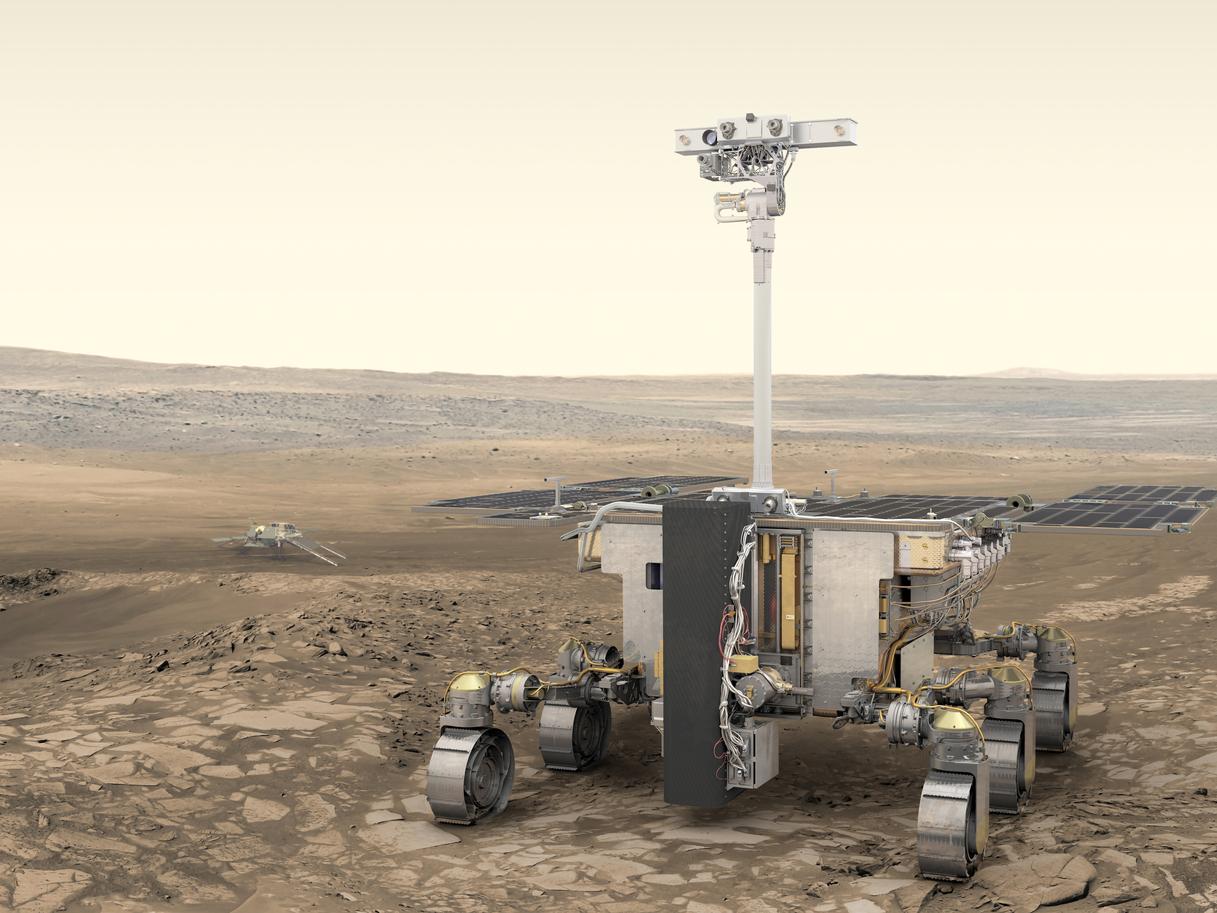Mission to hunt for alien life on Mars has landing site chosen by scientists
'Our end goal is in sight and it is getting very exciting'

Your support helps us to tell the story
From reproductive rights to climate change to Big Tech, The Independent is on the ground when the story is developing. Whether it's investigating the financials of Elon Musk's pro-Trump PAC or producing our latest documentary, 'The A Word', which shines a light on the American women fighting for reproductive rights, we know how important it is to parse out the facts from the messaging.
At such a critical moment in US history, we need reporters on the ground. Your donation allows us to keep sending journalists to speak to both sides of the story.
The Independent is trusted by Americans across the entire political spectrum. And unlike many other quality news outlets, we choose not to lock Americans out of our reporting and analysis with paywalls. We believe quality journalism should be available to everyone, paid for by those who can afford it.
Your support makes all the difference.A robot on a mission to Mars to search for signs of alien life, has after years of discussion, has had its landing site selected more than four years of discussion.
Due to land in 2021, the ExoMars rover will drill into the surface of the red planet to search for evidence of ancient life buried underground.
The team behind the joint European-Russian project has selected a spot called Oxia Planum, which scientists think was the site of a large body of water billions of years ago.
Experts had previously been wavering between that site and another called Mawrth Vallis, which also bears signs of a wetter past on Mars.
Now the Landing Site Selection Working Group has opted for Oxia Planum as their preferred site, a decision that will be officially confirmed next year.
Group member Professor John Bridges from University of Leicester said after four years of careful study they had selected the area because its fine sediments would be perfect for the rover’s drill.
“With an enormous catchment area the sediments will have captured organics from a wide variety of environments over a long period of time, including areas where life may have existed,” he said.

“A large group of scientists have been working on proposing, characterising and down selecting the sites, all of which had fascinating aspects, but Oxia Planum is the clear winner on both science and engineering constraints.”
The goal of the mission is to drill two metres below the surface, hunting for signs of life from around four billion years ago when the planet contained water.
Life as we know it on Earth requires liquid water to exist, and Oxia Planum lies at a boundary where many channels appear to have emptied into lowland plains.
Layers of clay-rich minerals at the site provide further support for the idea that it was once home to a massive lake.
“With ExoMars we are on a quest to find biosignatures,” said the European Space Agency’s (ESA) ExoMars project scientist Jorge Vago. “While both sites offer valuable scientific opportunities to explore ancient water-rich environments that could have been colonised by microorganisms, Oxia Planum received the majority of votes,”
Landing on Mars has proved notoriously difficult, so the scientists have had to balance the selection of the most promising site with chances of the rover arriving safely. The low elevation at Oxia Planum should provide more time for the rover’s parachute to slow its descent to the planet’s surface.
The recommendations came after a meeting in Leicester that saw Mars experts convene together with industry figures and the ExoMars team.
They must now be signed off by the heads of the ESA and the Russian space agency Roscosmos
The UK space agency has made the second largest European contribution to ExoMars, pumping €287m (£251m) into the mission.
“I have been working on ExoMars for over ten years and am amazed at the ingenuity and dedication of UK engineers and scientists in building the rover and instruments that will work in the extreme environment of Mars,” said Sue Horne, the agency’s head of space exploration.
“Our end goal is in sight and it is getting very exciting.”
Join our commenting forum
Join thought-provoking conversations, follow other Independent readers and see their replies
Comments